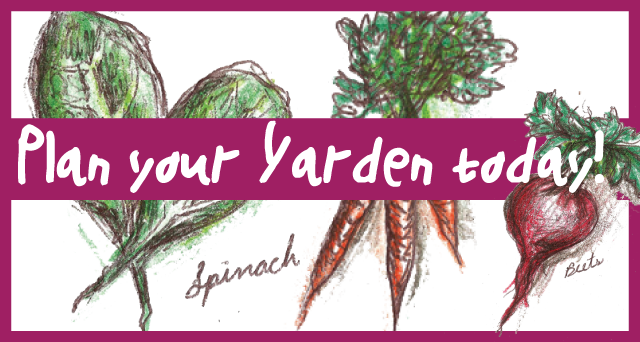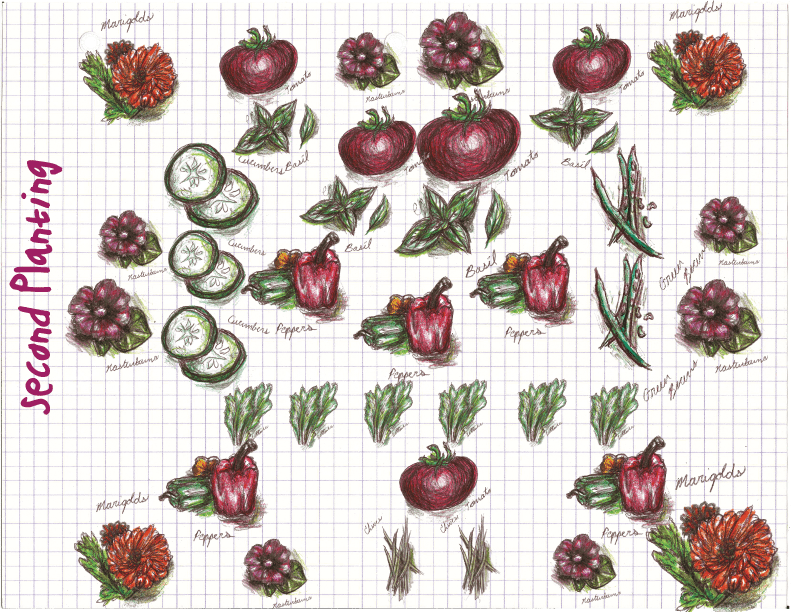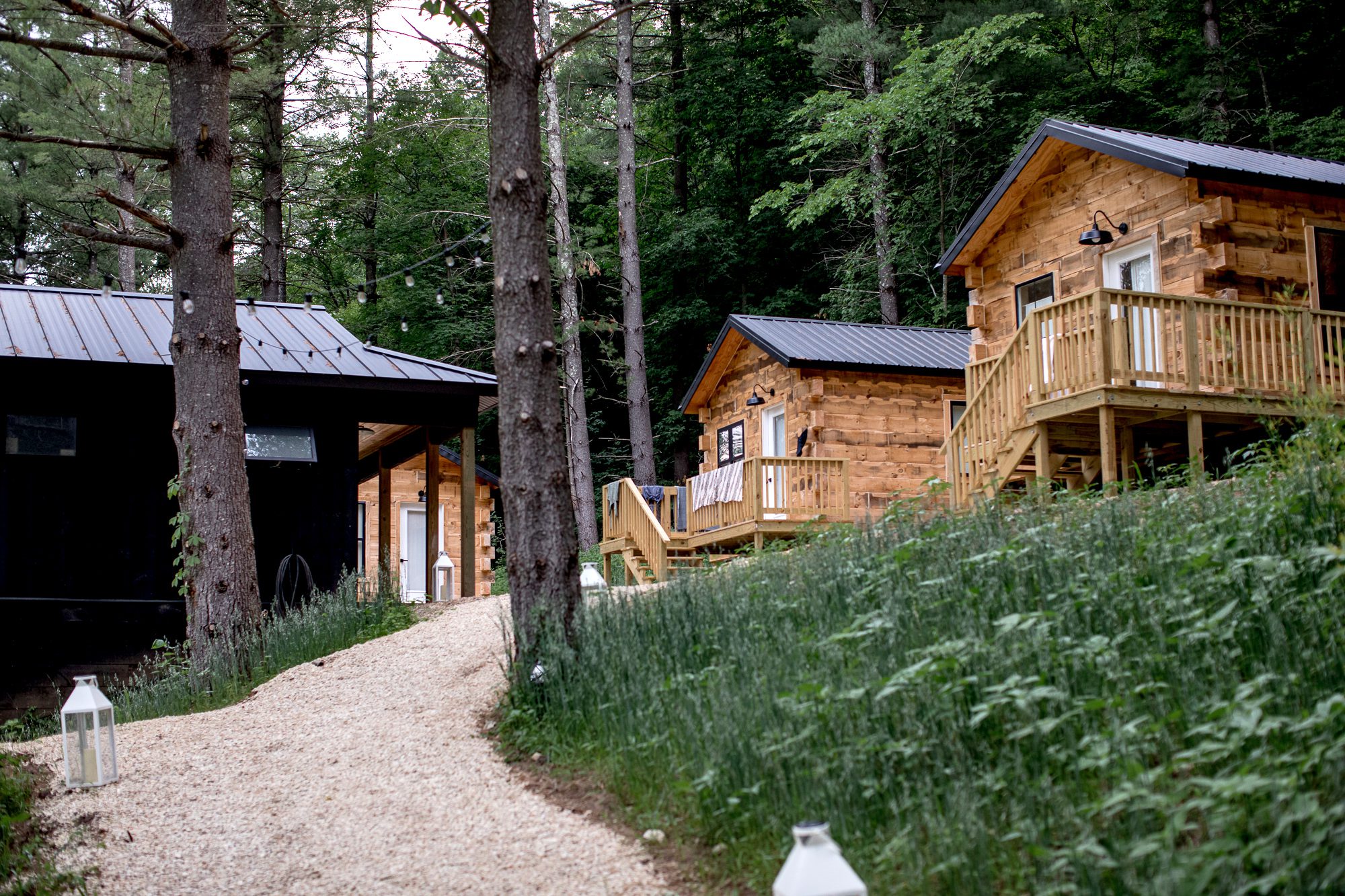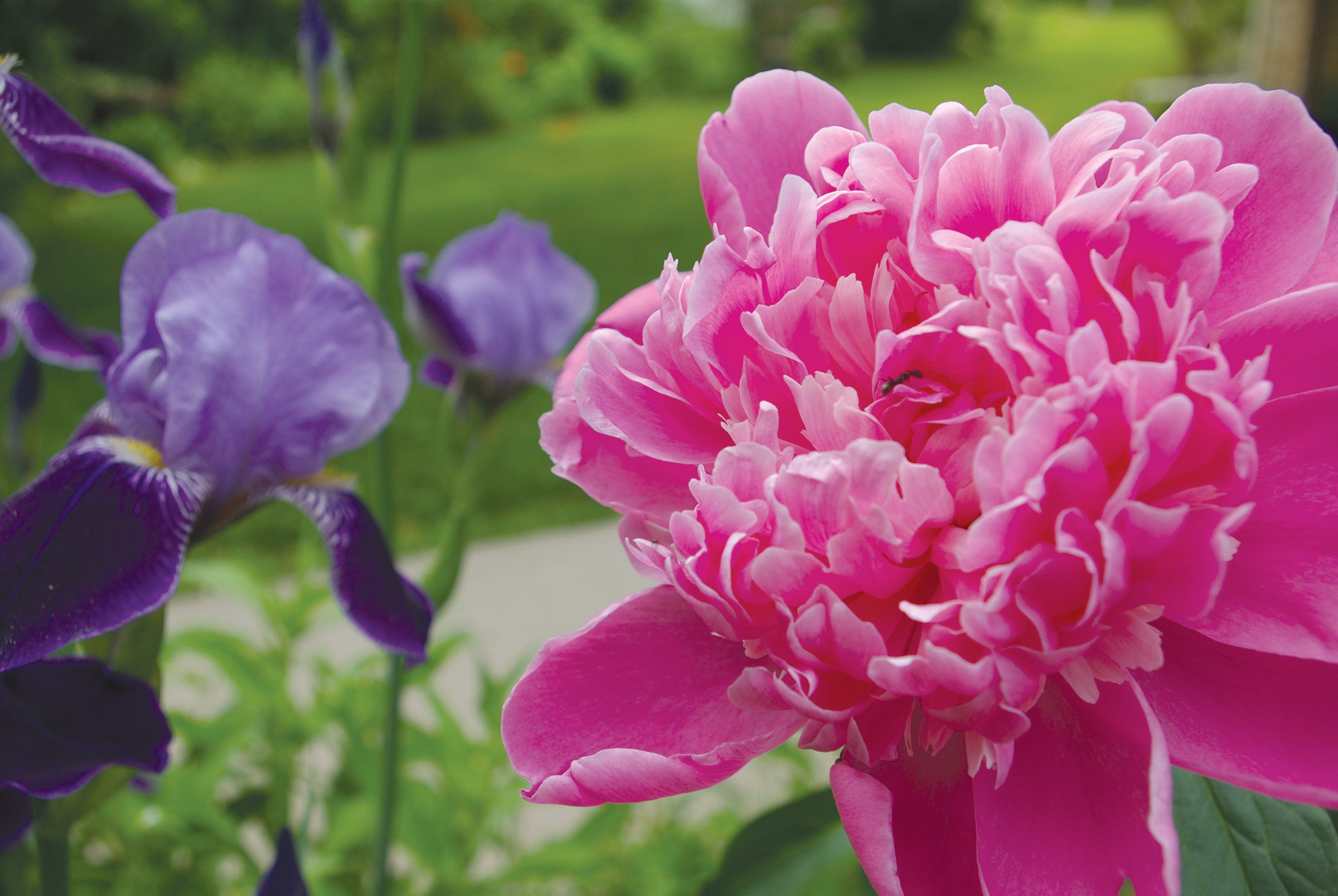Your Yard + A Garden = Yarden
By Sonya Luse Geenen • Illustrations by Natalie Moore
Originally printed in the Spring 2011 Inspire(d) Magazine
So you want to start a garden? There’s no time like the present to get those hands dirty… or at least start planning to get your hands dirty… once there is some dirt to get at. And there’s nothing like fresh _____ (fill in the blank with your favorite veggie) picked straight from your garden to make your day!
As the snow is piled in your yard begin to notice the sunny areas and then once the snow has gone rip up some sod, get the soil ready, and get going. Make friends with your neighbors who garden and ask questions. Find the gardening books at the library and check out embarrassing numbers of them. Some of your veggies will produce so heavily they’ll knock your socks off. Others may flop. There are many factors that play into a happy, productive garden, so don’t beat yourself up if something doesn’t do well this year. Take notes – consider a garden notebook – and do it differently the next time around.
It’s helpful to know that the average last frost date for the Driftless Area ranges between May 1 and May 31. And first frost date ranges between September 1 and September 30.
This is an outline for a basic kitchen garden. The size isn’t mapped out because everyone has different spaces – the layout can change, but some plants have been placed next to each other because they are allies and companions. The marigolds and nasturtiums, for example, act as replants to trouble-causing insects and enhance the growth of other vegetables. Basil is another example of an ally. It enhances the flavor and growth of tomatoes.
There are two gardens here, but they are really the same garden at two different times of the season. The early plantings will taper off and need to be pulled – lettuce, spinach, peas, radishes – and the later plantings – tomatoes, beans, peppers, basil – will easily fill their spaces.
FIRST PLANTING:
(Click above to print)
Nasturtiums: Sow directly one week after last frost, space 6 – 12” apart, ¼” deep. The flowers are edible and will add good color, spunk, and spice to your salads.
Marigolds: Plant directly into the garden two weeks before the last frost. 6 – 12” apart just below the surface of the soil.
Beets: Plant these versatile (you can eat them raw in salads, roasted, steamed), mega nutritious (with vitamins A and C and more iron and minerals than spinach) veggie a month before the last expected frost, or as soon as you can work the soil. Sow ½” deep and space 2 – 4” apart. Fun fact: Beet seeds contain 8 true seeds. You’ll need to thin these plant clusters so toss the tiny tender leaves into salads or cook ‘em up. Beets are yummiest when they’re 1 ½ – 3” in diameter.
Lettuce: Fresh garden salads are magic. There are many lettuce varieties. Some favorites are butterhead, leaf lettuce, and romaine. Mix your choices – the textures and colors are fun to play with and make beautiful salads. Soil temps only need to be 35 degrees to plant outside. Mark your lettuce patch and sow seeds closely ¼” apart, rake lightly to cover. Plant every two weeks for a continuous harvest.
Spinach: Here is another early bird green veggie. Plant as soon as you can work the soil, up to six weeks before the last frost. To keep a continuous harvest coming make small plantings every 10 days until mid May. Plant ½” deep and 2” apart. Thin to 4 – 6” apart once they have two bigger, or true, leaves. Enjoy in salads, or add it cooked to pasta or grain dishes.
Sugar Peas: Snow and snap peas have edible pods. If you choose other varieties look forward to a new hobby of shelling peas. You also get to use your creative juices to fashion a trellis for your peas to climb. Plant 4 – 6 weeks before the last frost when the soil is at least 40 degrees. Plant 1” deep and 1” apart. Yumm!
Radishes: These are quick growing, instant gratification-type veggies. Some will be ready in as little as three weeks. Plant 4 – 6 weeks before the last frost, as soon as the soil can be worked. Space ½ “ deep 2” apart. Keep watch and dig around the tops a bit to check if they’re ready for eating.
Carrots: Plant three weeks before last frost is expected. Carrot seeds are tiny. Mark your rows and sprinkle the seeds 2 – 4” apart. They can take one to three weeks to sprout so toss a few radish seeds in to help mark the row and pull them after the carrots sprout. You can harvest some as soon as they are big enough to eat or leave them to pull in one harvest.
Cucumbers: Cucumbers enjoy warm soil and will germinate faster with warmer temperatures. Wait until the soil is at least 70 degrees. There are bush and climbing varieties. If you decide on the climbing varieties you’ll get to build some beautiful trellises. Plant ½” deep and 1’ apart.
SECOND PLANTING:
(Click above to print)
Beans: Beans, beans, the magical fruit… These guys need warm air, 70 – 80 degrees, and soil temps of at least 60. Sow at least one to two weeks after the last frost. Spacing depends on if you’ve got bush (3- 6” apart) or pole beans (1 – 3” apart). Sow 1” deep with soil pressed over them to make sure of soil contact. Harvest almost daily when beans are pencil sized. Steam them up or eat as you pick them.
Tomatoes: There are gobs of variety when it comes to tomatoes. Many sizes, colors, and shapes. You’ll need to find a good source for tomato transplants unless you want to give starting tomatoes from seed a go. Plant the transplants out when the soil temps are nice and warm, 70 degrees. Space tomatoes 1 – 2’ apart with trellises already in place. Plant at a depth so the lowest set of leaves is at soil level. As they grow, tie them up loosely every 6” with soft twine. Keep watch, water as they need it, and enjoy keeping tabs as YOUR tomatoes bloom, set fruit and then as they ripen and you get to eat them.
Peppers: Like tomatoes, find transplants to purchase. Find happy plants, ones with strong stems and dark green leaves. Soil temps should be at least 60 degrees. Space peppers 1’ apart, and plant the transplants as deep as the lowest leaves. Most peppers become sweeter as they mature from green to their truly ripened colors of reds, yellows, oranges, browns or purples.
Basil: Sow seeds directly two to three weeks after frost when the soil is warm. Seeds can be planted just below the surface of the soil. In a patch, plant basil thickly or space them more generously – 1’ apart – in a row. You can encourage bushy growth by pinching the plants back. Basil can be chopped fresh and put on tomatoes, in salads, sauces and other dishes. Pesto is another very delicious option for basil to use throughout the year.
Chives: A permanent herb garden is a great thing to start. Chives are easy to find in yard sales, garden stores, or neighbors who need to split the chives they have. Oregano, thyme, rosemary, and lavender are herbs to work up to.
———————-
Sonya (Luse) Geenen enjoys yardening immensely. She lived in Decorah for almost five years and loved living vicariously through friends’ yards, and is thrilled to now be sharing a yard with her hubbn’, Dave, in the Island of Rock (Rock Island). She has plans afoot for lots of flowers and lots of veggies this year and hopes that you have fun with any yardening that comes your way!
Wanna take some local classes to learn more? Check out Luther College’s series of FREE classes here!















